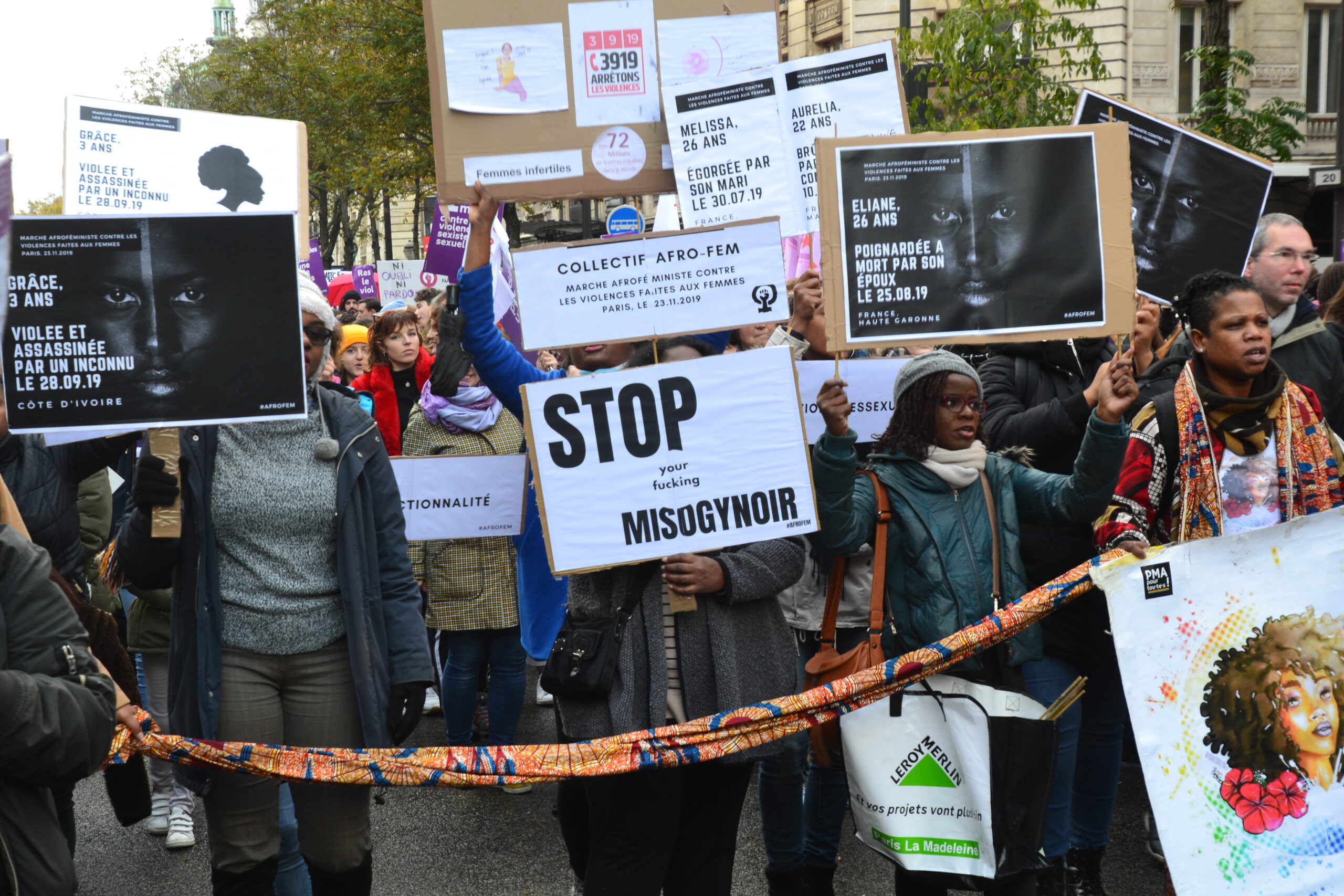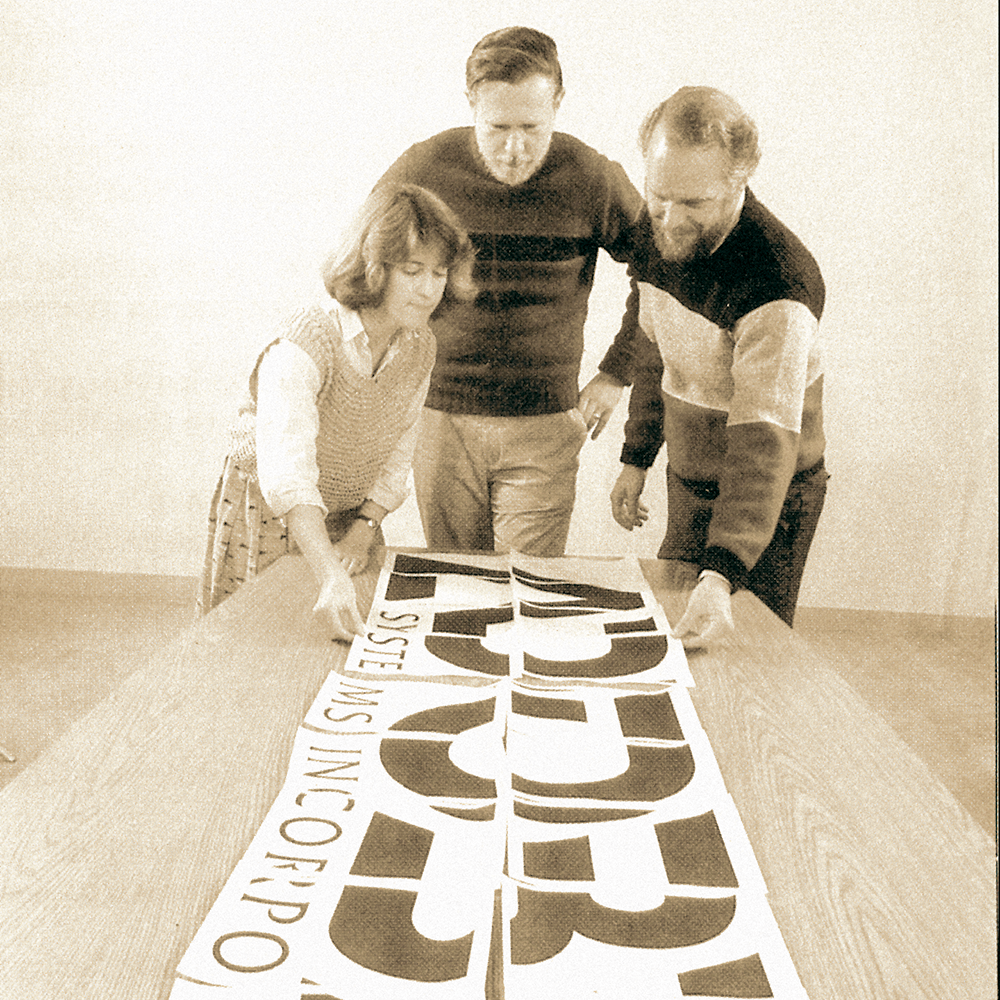
November 16, 2011
Who Are We Competing For?

The site of “Zoning the City,” the McGraw Hill Building, with its notoriously terrible post-1961 Zoning Resolution privately-owned public space (Ezra Stoller/ESTO)
Yesterday I awoke to a stream of Twitter messages about the early Tuesday raid of Occupy Wall Street. Mayor Bloomberg was set to address the press about the raid at 8 a.m. Mayor Bloomberg had been scheduled to kick off the “Zoning the City” conference I planned to attend at 8:30 a.m. I decided there was no rush to get to midtown: there was no way he was going to make both.
And the mayor’s non-presence, like the encampment’s nonexistence, recast the day for me. (I was sitting next to Architect’s Newspaper‘s Tom Stoelker, live-blogging before my eyes.) There were awkward jokes from former Deputy Mayor Dan Doctoroff about how he and the mayor can’t coordinate their remarks anymore, now that Doctoroff is out of the Bloomberg administration and an employee of Bloomberg L.P. British planning professor Matthew Carmona had a slide of an unpopulated Zuccotti Park in his PowerPoint with the parentheses “(before occupation)”. New Yorker architecture critic Paul Goldberger, in an unillustrated talk on the physical city, mentioned that we all know the definition of POPS now. But mostly it felt like the invited didn’t want to go there. After all, it was partly a first-term Bloomberg reunion, as Rohit Aggarwala, lately of PlaNYC, now of C40 Cities Climate Leadership Group, pointed out. It would have been impolite to insult the absent host.
And yet, I found myself increasingly aggravated, as the day wore on, by the repetition of keywords that have defined Mayor Bloomberg’s economic development strategies. (But not, in many cases, the work of conference organizer Amanda Burden’s Department of City Planning.)

Proposed Cornell/Technion engineering and applied science campus, Roosevelt Island
The first of these is competition. “We are in a competition every day,” Doctoroff said, showing the skylines of other, newer, glassier cities, showing the Stanford and Cornell proposals for a new NYC enginnering campus, and trumpeting the numbers of hotel rooms added during the early 2000s. “This is not meant to dis the other proposals,” he said, “I hope we can find a way to do them all.” Kairos Shen, Chief Planner for the Cityof Boston, discussed the creation of “innovation zoning” and an “Innovation District” in his city, designed to keep “young, smart people” in his city. Thom Mayne, in some late-day remarks, pointed out that New York was a third-tier city in the context of China’s highly-populated urbs. But in what context? I found myself relieved when Robert A.M. Stern, with whom I am rarely in agreement about contemporary matters, pointed out that while New York might be smaller, it was certainly a much nicer place to live. Couldn’t and shouldn’t we focus on that for a while, lest we return to the 1970s?
Back when I was writing stories about the Doctoroff era for New York, I remember asking, “Why the focus on Class A office space? Don’t we need Class B and C too?” And I remember wondering, “Why spend all this money on out-of-towners? What about the people already here?” Their strategic focus was so lofty, so much on the top maybe 15 percent, on skyscrapers, on new convention centers, on new waterfronts, that it seemed to leave no room for what was happening on the ground.
I never got an answer then, and these questions only seem more pressing now. City Planning and Related Companies alum Vishaan Chakrabarti, now at Columbia, cited Jane Jacobs’ chapter on the need for aged buildings (Class C office space) as the best incubators for new ideas and new businesses. Can we grow biotech leadership in a petri dish on Roosevelt Island? If the “young, smart people” can’t see why to stay in New York without incentives, are they really so smart? Doesn’t that put us in another no-win cycle, paying the young people, like the banks, not to abandon us for New Jersey? Shouldn’t we start with better housing for New Yorkers, before we worry about the convention-goers?
What also struck me in several post-administration presentations was a lack of adaptability, an inability to understand alternate perspectives on appropriate goals. Early in the day, a man stood up and asked how zoning could help the owner of a 25×100 lot with some extra FAR. At first there was no response, but later, someone suggested that the smallholders could get together, and use a version of the High Line’s cap-and-trade zoning to build a tall building on the avenue and off their street. Fine, but as the owner of a 25×75 foot lot (that’s a brownstone), what I and my neighbors might much rather do is band together and trade our FAR for a park. Why must all moves be monetary, and upward? Indeed, what about the public life legendary planning consultant Alex Garvin kept vaunting?

Million Dollar Blocks (more here)
Even Rosanne Haggerty, president of Community Solutions, seemed to feel obligated to couch her work to find solutions for homelessness in economic terms. She offered three reasons we need to have a more equitable city, though the third one was, to my mind, the only one necessary: “It’s the right thing to do.” She then showed Laura Kurgan and Sarah Williams’s Million Dollar Blocks project, which maps “places the concentration is so dense that states are spending in excess of a million dollars a year to incarcerate the residents of single city blocks.” She asked, If cities and states can spend this much responding to social distress, taking 1.6 million people out of the economy, why can’t they spend a fraction of that on early childhood education, better housing options, skills training, and so on?
After her presentation, anytime someone talked about keeping the young, smart, innovators in town, I thought “What if they are already here?” Or here just long enough to get frustrated, commit a crime, and get sent upstate? In response to a similar question from moderator Erroll Louis, Doctoroff said his “virtuous cycle” of investment and economic opportunity was supposed to trickle down, eventually, to investments in the exisiting short, Class C city. Old people don’t make as much money as new people. But what I heard Haggerty saying was, we don’t need more money, we just need it spent differently.
And there wasn’t enough differently at “Zoning the City”. Or what was different felt contained. Here we will talk about San Francisco, where composting is mandatory and pets outnumber children. Here we will talk about Newark, where maintenance and improvement are priorities. Here we will talk about skills, schools, libraries. But at the end of the day, there we were with Mayne and Stern and REBNY’s Mary Ann Tighe. For two of the three, their vision of the future was bigger, newer, faster. And that felt wrong yesterday, when it was so clear that so many felt left out of such planning.
Observed
View all
Observed
By Alexandra Lange
Related Posts

Equity Observer
L’Oreal Thompson Payton|Essays
‘Misogynoir is a distraction’: Moya Bailey on why Kamala Harris (or any U.S. president) is not going to save us

Equity Observer
Ellen McGirt|Essays
I’m looking for a dad in finance

She the People
Aimee Allison|Audio
She the People with Aimee Allison, a new podcast from Design Observer

Equity Observer
Kevin Bethune|Essays
Oh My, AI
Related Posts

Equity Observer
L’Oreal Thompson Payton|Essays
‘Misogynoir is a distraction’: Moya Bailey on why Kamala Harris (or any U.S. president) is not going to save us

Equity Observer
Ellen McGirt|Essays
I’m looking for a dad in finance

She the People
Aimee Allison|Audio
She the People with Aimee Allison, a new podcast from Design Observer

Equity Observer
Kevin Bethune|Essays
